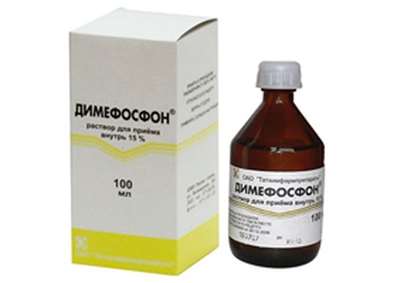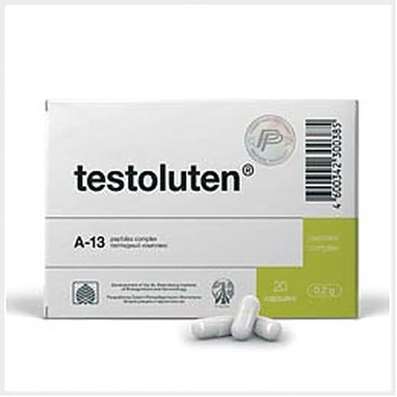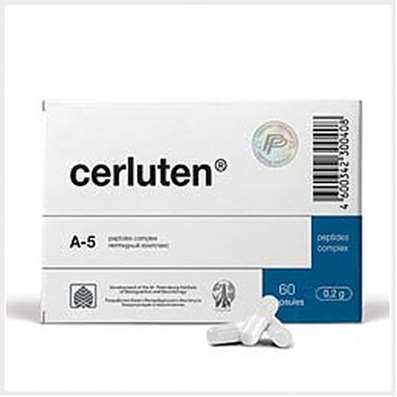Instruction for use: Oxytocin (Oxytocinum)
I want this, give me price
Pharmacological group
Hormones of the hypothalamus, pituitary gland, gonadotropins and their antagonists
Uterotonics
Nosological classification (ICD-10)
N85.3 Subinvolution of the uterus
Involution of the uterus is slow, Slowed postpartum involution of the uterus
N94.3 Premenstrual tension syndrome
Pronounced premenstrual syndrome, Menstrual psychosomatic disorder, Menstrual syndrome, Premenstrual tension, Premenstrual status, Premenstrual period, Premenstrual syndrome, Menstruation syndrome
O07.1 Unsuccessful medical abortion complicated by prolonged or excessive bleeding
Postabortion bleeding
O48 Pregnant pregnancy
Pregnancy, Pregnancy prolonged, Prolonged pregnancy
O62 Disorders of labor [of the clan]
O72 Postpartum hemorrhage
Bleeding in the puerperium, Postpartum bleeding
O75.8 Other specified complications of labor and delivery
O82 Childbirth singleton, delivery is by caesarean section
O92.7 Other and unspecified disorders of lactation
Breaking lactation, Lactostasis in the early postpartum period
P95 Death of fetus due to unspecified cause
Stillbirth, Intrauterine fetal death
Code CAS50-56-6
characteristic of Oxytocin
Synthetic analogue oxytocin - hormone of the posterior lobe of the pituitary gland. White powder, soluble in water.
Pharmacology
Pharmacological action - stimulating labor activity, uterotonizing, lactotropic.
It has the ability to selectively increase the tone and contractile activity of the smooth muscles of the uterus, especially towards the end of pregnancy, during labor and immediately during delivery. Affects specific receptors in myometrium and increases the intracellular content of Ca2 +. Stimulates rhythmic contractions of the uterus - strengthens and increases their frequency. It acts on the myoepithelial elements of the mammary gland, causes a reduction in the smooth muscles of the walls of the alveoli and stimulates the flow of milk into the major ducts or sinuses, facilitates its isolation. Has pressor properties and can cause antidiuretic effect when using large doses. T1 / 2 from the plasma - about 1-6 minutes (decreases in late pregnancy and during lactation). After intravenous administration of oxytocin, the reaction of the uterus manifests itself almost immediately, and then gradually decreases within 1 hour, after a / m - after 3-7 minutes and lasts 30 minutes - 3 hours. It is well and rapidly absorbed into the systemic bloodstream through the nasal mucosa . T1 / 2 - less than 10 minutes, is excreted mainly by the kidneys (only a small amount unchanged) and liver. Actively secreted by lactating mammary glands. The effect is very individual and depends on the density of oxytocin receptors in myometrium.
Indications
For the initiation and stimulation of labor (primary and secondary weakness of labor, the need for early delivery in connection with gestosis, rhesus-conflict, intrauterine fetal death, a delayed pregnancy, premature discharge of amniotic fluid). For prophylaxis and treatment of hypotonic uterine bleeding after abortion (including for long periods of pregnancy), in the early postpartum period and to accelerate postpartum involution of the uterus; To enhance the contractile capacity of the uterus in cesarean section (after removal of the afterbirth). Hypolactation in the postpartum period. Painful premenstrual syndrome, accompanied by swelling, weight gain.
Contraindications
Hypersensitivity, narrow pelvis (anatomical and clinical), transverse and oblique position of the fetus, facial presentation of the fetus, premature birth, threatening rupture of the uterus, conditions with a predisposition to rupture of the uterus (including traumatic births and cesarean section in the anamnesis), excessive stretching of the uterus, uterus After multiple births, partial placenta previa, uterine sepsis, invasive cervical carcinoma, uterine hypertension (not due to delivery), fetal compression, arterial hypertension, chronic disease failure-lingual.
pregnancy and lactation
The action category for fetus by FDA is X.
Side effects
Nausea, vomiting, arrhythmia (including the fetus), bradycardia (in the mother and fetus), increased blood pressure and subarachnoid bleeding or lowering of blood pressure and shock, water retention (with prolonged IV), allergic reactions, bronchospasm; Neonatal jaundice, a decrease in the fibrinogen concentration in the fetus.
Interaction
Strengthens the effect of sympathomimetics (combined with caution). Halothane and Cyclopropane increase the risk of side effects.
Overdose
Symptoms: hyperstimulation of the uterus until the rupture, bleeding after delivery, utero-placental hypoperfusion, hypoxia and hypercapnia of the fetus, water intoxication (cramps are possible).
Treatment: cancellation of the drug, forced diuresis, normalization of the electrolyte balance.
Routes of administration
intramuscularly, intravenously / (single injection, drip), into the wall or vaginal part of the cervix; intranasally.
Precautions
According to the testimony associated with childbirth, it is used only under the supervision of a doctor in a hospital setting under the control of the contractile activity of the uterus, fetal condition, blood pressure and the general condition of the woman.

 Cart
Cart





